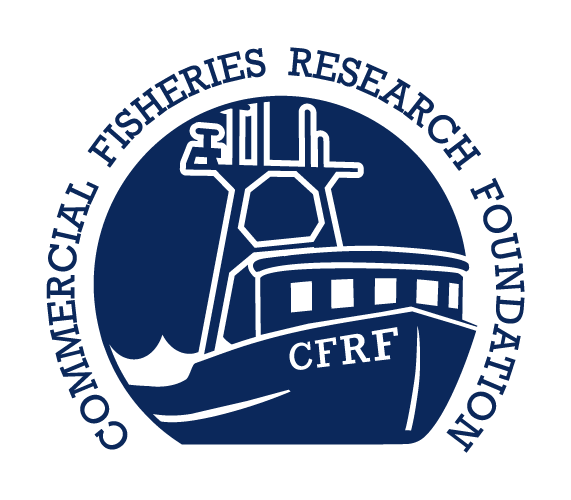Testing an Electronic Gear Location Marking Application
general description:
The CFRF is working alongside local fishermen and NOAA Fisheries scientists to test an electronic app that locates ropeless fishing gear without buoys. Such gear systems aim to reduce the number of vertical lines in the water that can entangle marine mammals, yet their transition poses a threat to sustainable fisheries. One of the challenges is verifying the technology that allows fishers to identify the location of deployed gear without surface buoys. Without an adequate marking tool, gear retrieval and conflicts with mobile gear could jeopardize the viability of numerous fisheries. Although several apps have been developed to address this need, data on their accuracy, helpfulness, and feasibility is currently lacking.
To help fill in these data gaps, the CFRF is leveraging the South Fork Wind Farm fisheries monitoring surveys currently being conducted off the coast of Rhode Island to test an electronic gear location marking app. These surveys consist of monthly trips deploying a mix of fixed (lobster trap, fish pot, and gillnet) and mobile (beam trawl) fishing gear which allows the CFRF to determine the accuracy of the app, as well as to receive feedback on how useful this app is to fishermen. In addition, the CFRF is recruiting additional mobile gear fishermen to test and provide supplementary feedback on the app. This project will provide necessary feedback and data that can be used to refine the app to help ensure fisheries remain viable and sustainable if there is a transition to ropeless fishing systems.
Project goals:
Collect data on the accuracy of the location and orientation of deployed gear that is marked on an electronic gear location marking app
Test the utility of an electronic gear location marking app to reduce gear conflicts amongst fishers
Determine the perception of helpfulness and feasibility of fishermen using electronic gear location marking apps
project team:
Commercial Fisheries Research Foundation
Hannah Verkamp - Project Lead
N. David Bethoney
Results
this project was supported by:
The National Fish and Wildlife Foundation


